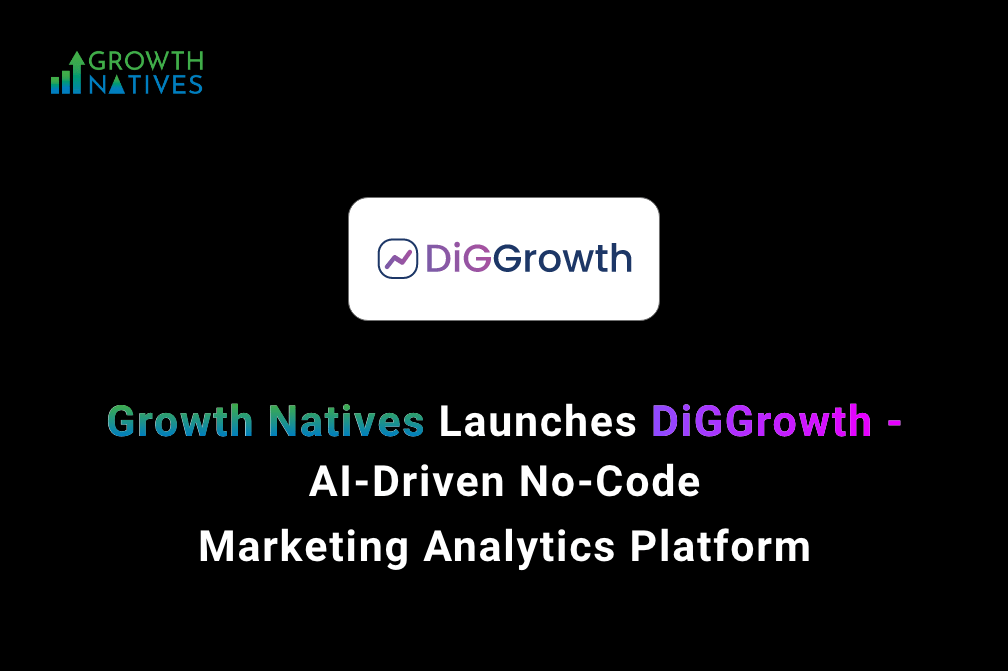
Understanding Google Analytics for an Effective Marketing Strategy
By Sakshi Arora
Dec 7, 20219 min read
86.1% of websites use Google Analytics. If this number doesn’t convince you, check the Google Analytics market position below.
Source: https://w3techs.com/technologies/details/ta-googleanalytics
The sheer amount of data accessible and the difficulty in determining which portions of Google Analytics are most relevant to your business can be intimidating at first. But, with the right practices in place, accomplishing this is as easy as rolling off a log.
Crafting an effective Google search marketing strategy will help you grow your business in the competitive marketplace.
By leveraging the benefits of Google Analytics, significant growth can be observed in your business efforts. Moreover, Google Analytics provides you with valuable insights on
- Who visited your website?
- Which page did they invest most of their time on?
- How did they land on your website?
- What areas in the website are causing friction?
- What are the reasons they are bouncing?
Acquiring this information is priceless, and it would have been a strong weapon for businesses to achieve their goals.
Marketers, content providers, and company owners must understand their target audience. The audience is the true yardstick by which their marketing efforts are measured and with Google search marketing strategy, it can be easily accomplished. This is why they need to understand how to use the Google Marketing Platform trifecta.
An Overview
Google Analytics is a sophisticated online analytics tool provided by Google that helps in analyzing marketing campaigns and reports website traffic and behavior. It is presently available as a platform inside the Google Marketing Platform brand. Web analytics is the process of collecting, reporting, and evaluating website data. It delivers site-specific metrics to help you make better decisions regarding your website's presence and performance.
Google Marketing Platform trifecta guides you where you need to pay attention without consuming several hours to dig up the data. Remember, the right data is your route to success, and without it, you are just walking toward a blind path.
Understanding Google Analytics for Effective Marketing Strategy
If you want to know where your web traffic is coming from, what content retains users on your site and how much of that traffic converts to leads or sales, you need to be able to dig deeper into the data and it can be done through a well-aligned Google search marketing strategy.
It's nice to have thousands of visitors, but having a bounce rate of more than 90% and no conversions isn't so great. Google Analytics helps you find out why your bounce rate is so high and why your visitors aren't converting to provide you with actionable marketing data.
Google Analytics may help you figure out where your website's traffic comes from, who your target audience is, and who is most interested in buying your items, among other things. When you combine these insights, you'll have a far clearer picture of your future marketing plan and you can easily determine the marketing performance analytics.
Google Analytics has 5 main report sections. For a fundamental understanding of how to use Google Analytics, it is necessary to comprehend each of these sections, which give detailed analysis and metrics on your website's performance and consumer behavior.
Real-time – To understand what changes your website needs, you need to have correct insights on how the site is performing. The real-time section shows how well your website is doing in the present situation.

Audience – To have a successful Google search marketing strategy, you need to have the right insights into who your audience is. For you to stay well-informed with your audience, Google Analytics provides you with data so you can see how engaged visitors are with your site, as well as their age, gender, and interests. You can also see what devices, browsers, and operating systems they use to access your site, as well as their geographic location.
Acquisition – To accelerate and invest more in your google marketing research goals, you need to understand which areas helped your audience to reach your website. How your visitors found your site will be highlighted in the Acquisition Report. This information can help you decide which channels to focus on, where you should distribute content and how much money you should allocate for advertising.
Behavior – To know how well and with what your audience is engaging more, you need to understand their behavior. What sort of content to create to enhance engagement may be determined by knowing how your audience interacted with your material and by monitoring its performance? It may also trace the user's behavior to determine how they arrived at your site and which pages they visited before leaving.
Conversions – To get ahead in your marketing ventures, you need to track your marketing goals and events from time to time. Assigned events and targets are tracked in the conversions report. Conversion rates and data related to your aims are highlighted on websites that are used for lead generation or e-commerce.
Steps to Strengthen Your Google Search Marketing Strategy
Analyzing Traffic Channels
This information makes it simpler to engage visitors and choose the ideal platform for your site's promotion. It’s a task that Google Analytics excels at and as a result, you may determine which channels are bringing the most traffic to your company's website.
The first thing to do on Google Analytics is understand from where the traffic is coming, and this can be done through the following steps:
- Click on the acquisition tab.
- Click on the All Traffic option from the dropdown menu.
- Select the channels button from the menu.
- At the top of the viewing pane, select the time you want to check the traffic from.
Understanding Your Audience
After you've figured out your traffic sources, it's time to figure out who your audience is. Customer motivations for leaving your website without making a purchase can be tracked by online merchants. Your visitors' behavior is tracked using Google Analytics. Pages visited and activities taken on those pages are reported.
- Click on the audience tab.
- Navigate to demographics and geo.
- You can check the age and gender of your audience, and based on it track their behavior.
Knowing who your target audience is giving you the advantage of tailoring your website text, user experience, and even content to them.
In addition to this, you can successfully utilize tools like Google AdWords and Facebook Ads to harness audiences in the areas that are currently visiting your site organically if you are familiar with the locations where your present audience is coming from.
Scrutinizing Social Media’s Influence
Today, social media has become one of the platforms that drive utmost traction to your website. Marketers invest their time and resources in scrutinizing and planning an effective Google search marketing strategy that will help to attract potential clients and customers through social media. Thus, it becomes essential for marketers to track the performance of social media campaigns (paid and organic both).
Google Analytics is also used to measure and analyze the influence of social media. Users can maximize the effectiveness of their social media efforts and plan for the future. Having social media reports in hand will aid in building more efficient marketing strategies.
Observing Your Mobile Strategies
Almost everyone is on mobile today. You need to analyze the mobile visitors as well. However, you first need to check whether or not it is working.
- Click on the audience tab.
- Navigate to the mobile tab.
- Click on the overview button.
With these steps, you can easily check how your website is performing. Moreover, if you have already implemented the goals for mobile traffic and conversions, you can collect the performance data from the reports tab.
If you observe your mobile site version is performing worse than the desktop version, then your website is not mobile-optimized. So, optimize it to drive more traffic and conversions. Because Google has already started indexing mobile-first sites, the efficacy of your content marketing will be harmed if your site does not operate effectively on mobile devices.
Focusing on Buying Intent
As a bonus of using Google Analytics, you can also track when users arrive at certain pages on your site, such as those that indicate a desire to buy.
- Click on Admin Tab.
- Navigate to goals on the right-hand side of the menu bar.
- Go to goal set-up.
- Add all pages to check buyer’s intent on goal set-up.
With this, you can review your goals and check how high buyer intent visitors are able to find and reach your website. The buyer's intent will assist you to determine if the buyer came through organic search, a referral, social media, or another source of traffic.
As a result of this deeper research, you'll know which of your marketing approaches truly attracts buyers. These techniques can be given priority over others.
Final Verdict
When you understand how to analyze the information generated by Google Analytics and thoroughly evaluate your Google search marketing strategy, it will benefit your business in incredible ways.
You can start creating material and visuals that target your core audience by paying attention to your demographics. This will start to create a personalized experience for your audience, making them want to return for more information.
By examining your top referral traffic, you can discover what is most shareable and develop additional content that is similar, resulting in a higher number of website return visits. Helping you know what people are clicking on, social media enables you to develop a more coherent approach that encourages your social connections to post more frequently and expand your reach.
Remember, having a sorted and planned Google search marketing strategy will ensure that your business goals are met.




